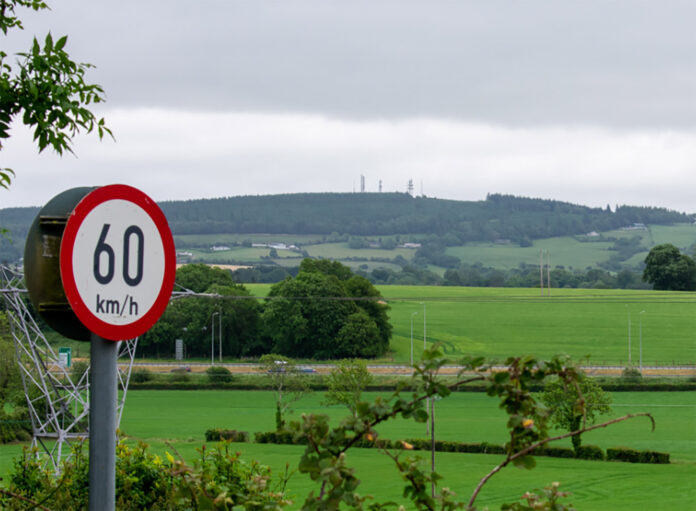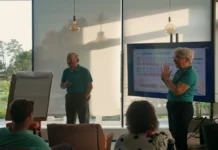
Speed limits on all rural local roads, outside of urban centres, are set to be reduced from 80 kilometres per hour to 60 kilometres per hour from this Friday, February 7th.
The ‘Slower Speeds, Safer Roads’ campaign, recently launched by Ministers O’Brien and Canney, highlights the forthcoming change in speed limits on rural roads.
Speed limits on many rural roads nationwide will be reduced from Friday 7th from 80km/h to 60km/h, from 50km/h to 30km/h on urban roads, while national secondary roads will see a reduction from 100km/h to 80km/h.
Speaking of the change, Gabriel Hynes, Senior Engineer with Waterford City and County Council said, that all local rural roads in Waterford, outside of urban centres, will be subject to a reduction in speed limits.
“These roads are denoted as L-roads on the road network. A key objective of this change is to keep road users safe and that includes motorists, cyclists, pedestrians, in fact everyone using our roads,” Mr Hynes said.
2030 TARGET
In line with the ‘Vision Zero’ aspiration for 2050 adopted across EU Member States, Ireland’s Government Road Safety Strategy 2021-2030 has the primary aim of reducing the number of deaths and serious injuries on Irish roads by 50% by 2030.
International research indicates that speed is a contributory factor in a third of fatal collisions, and that reducing speed significantly reduces road deaths. Under the Phase 1 action plan for the Strategy, a working group of relevant stakeholders and subject matter experts was convened to review speed limits and to make recommendations to help set consistent and appropriate speed limits across the road network.
The working group comprised the Department of Transport, Road Safety Authority (RSA), An Garda Síochána, Transport Infrastructure Ireland (TII), the National Transport Authority (NTA), and the County and City Management Association (CCMA).
“From midnight on Friday all speed limit signs on Waterford’s rural local roads will reflect the new speed limit of 60km/h. In cases where a striped ‘rural speed limit sign’ (a white circle with three diagonal black lines) is used as an alternative to numeric speed limit signs on specific single lane rural roads, will also now mean that a maximum 60km/h limit is in force,” Mr Hynes added.
FINDINGS
Findings from the Speed Limit Review, which was published in 2023, highlighted that the risk of being killed is much greater for collisions between a car and a vulnerable road user at 50 km/h when compared with the same type of collision at 30km/h.
Sam Waide, CEO of the RSA said that speed is one of the most critical factors in road safety, both in the likelihood of a crash occurring and the severity of the outcome.
“The laws of physics are unforgiving: the energy and force involved in a collision increase exponentially with speed, meaning even a small reduction can significantly improve survival rates.
“The reality is stark – 9 out of 10 pedestrians struck at 80km/h will not survive, while at 60km/h, that number drops to 5 out of 10. Lowering speed limits makes our roads safer for all users, particularly on rural roads where many serious and fatal collisions occur. This change will help reduce the risk of crashes and, crucially, lessen the severity of injuries when they do happen. We urge all road users to respect the new limits, as every kilometre per hour counts when it comes to saving lives,” Mr Waide said.
NEGATIVE IMPACT
However, Independent MEP for Ireland South Michael McNamara, believes that these new regulations lack any evidence as to their necessity and will have a negative impact on rural Ireland.
“While it’s clear that lowering the speed limit will make it safer, banning cars altogether would make it safer still, and it’s clear these figures were plucked out of the air without any evidential basis by a junior minister looking to be seen to be doing something. They are simply anti-car and anti-rural Ireland. While I have no problem with slower, safer limits being imposed on dangerous and poor quality stretches of road, to impose these drastic limits across the board will only cause further frustration for drivers.”
He added: “Instead of upgrading rural roads and widening hard shoulders to make roads safer, this is lazy government.”
Visit gov.ie/speedlimits to find out more about the new slower speed limits.







